The palm recognition market in Argentina is characterized by a dynamic competitive landscape, driven by technological advancements and increasing demand for secure biometric solutions. Key players such as NEC Corporation (Japan), Fujitsu Limited (Japan), and IDEMIA (France) are actively shaping the market through strategic initiatives. NEC Corporation (Japan) focuses on innovation in biometric technology, emphasizing the integration of AI to enhance recognition accuracy. Meanwhile, Fujitsu Limited (Japan) is pursuing regional expansion, aiming to establish a stronger foothold in South America by leveraging local partnerships. IDEMIA (France) is concentrating on digital transformation, enhancing its product offerings to meet the evolving needs of various sectors, including finance and security. Collectively, these strategies contribute to a competitive environment that is increasingly focused on technological differentiation and customer-centric solutions.
In terms of business tactics, companies are localizing manufacturing and optimizing supply chains to enhance operational efficiency. The market structure appears moderately fragmented, with several players vying for market share. However, the influence of key players is substantial, as they set industry standards and drive innovation. This competitive structure fosters an environment where collaboration and strategic partnerships are essential for growth and sustainability.
In October 2025, NEC Corporation (Japan) announced a partnership with a leading Argentine technology firm to develop a localized palm recognition system tailored for the financial sector. This strategic move is likely to enhance NEC's market presence while addressing specific regional needs, thereby increasing customer trust and adoption rates. The collaboration underscores the importance of localized solutions in a diverse market landscape.
In September 2025, Fujitsu Limited (Japan) launched a new palm recognition device designed for high-security environments, which integrates advanced encryption technologies. This product release is significant as it positions Fujitsu as a leader in secure biometric solutions, catering to sectors that prioritize data protection. The introduction of such innovative products may attract a broader customer base, enhancing Fujitsu's competitive edge.
In August 2025, IDEMIA (France) expanded its biometric offerings by acquiring a startup specializing in AI-driven recognition technologies. This acquisition is indicative of IDEMIA's commitment to staying at the forefront of technological advancements. By integrating AI capabilities, IDEMIA is likely to improve the efficiency and accuracy of its palm recognition systems, thereby solidifying its market position.
As of November 2025, current trends in the palm recognition market include a strong emphasis on digitalization, sustainability, and the integration of AI technologies. Strategic alliances are increasingly shaping the competitive landscape, enabling companies to pool resources and expertise. Looking ahead, competitive differentiation is expected to evolve, with a shift from price-based competition to a focus on innovation, technological advancements, and supply chain reliability. This transition may redefine market dynamics, compelling companies to invest in R&D and collaborative ventures to maintain a competitive advantage.


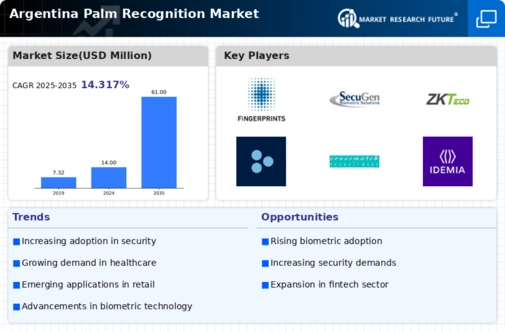
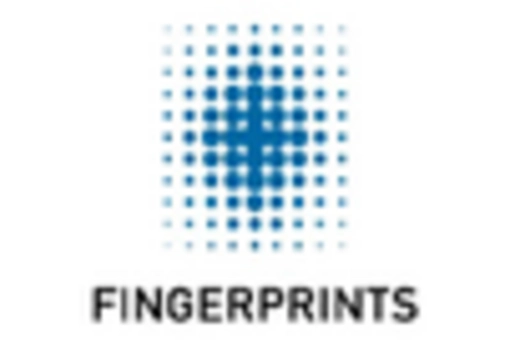
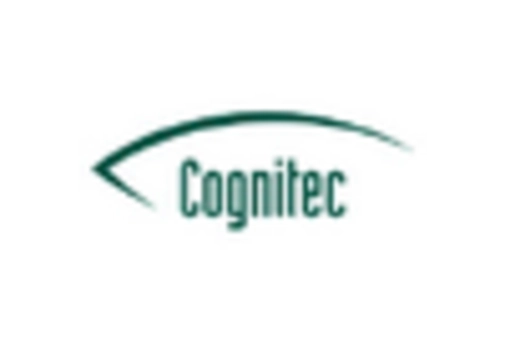

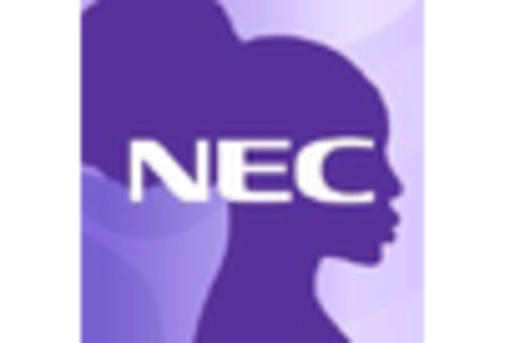




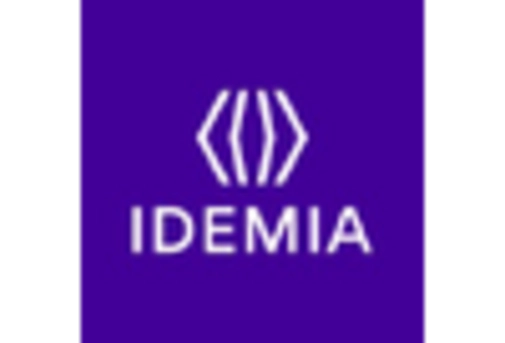








Leave a Comment